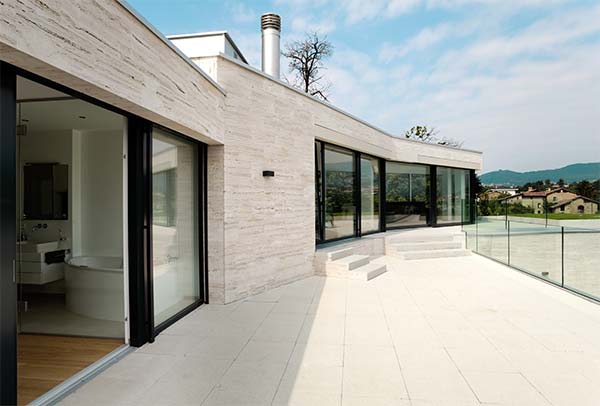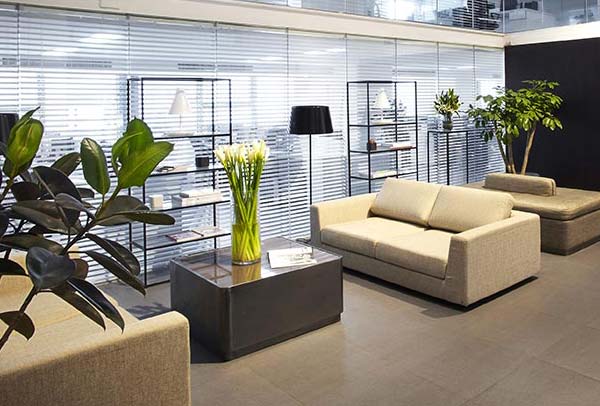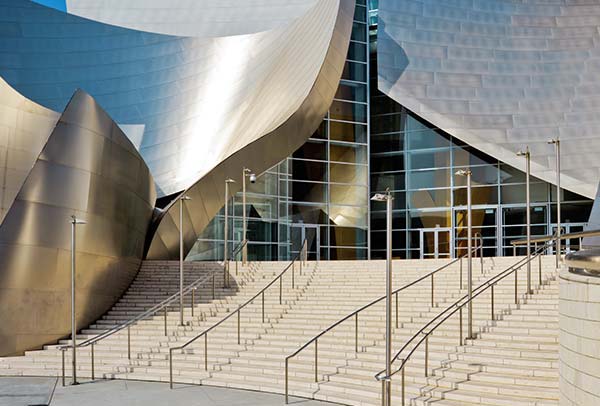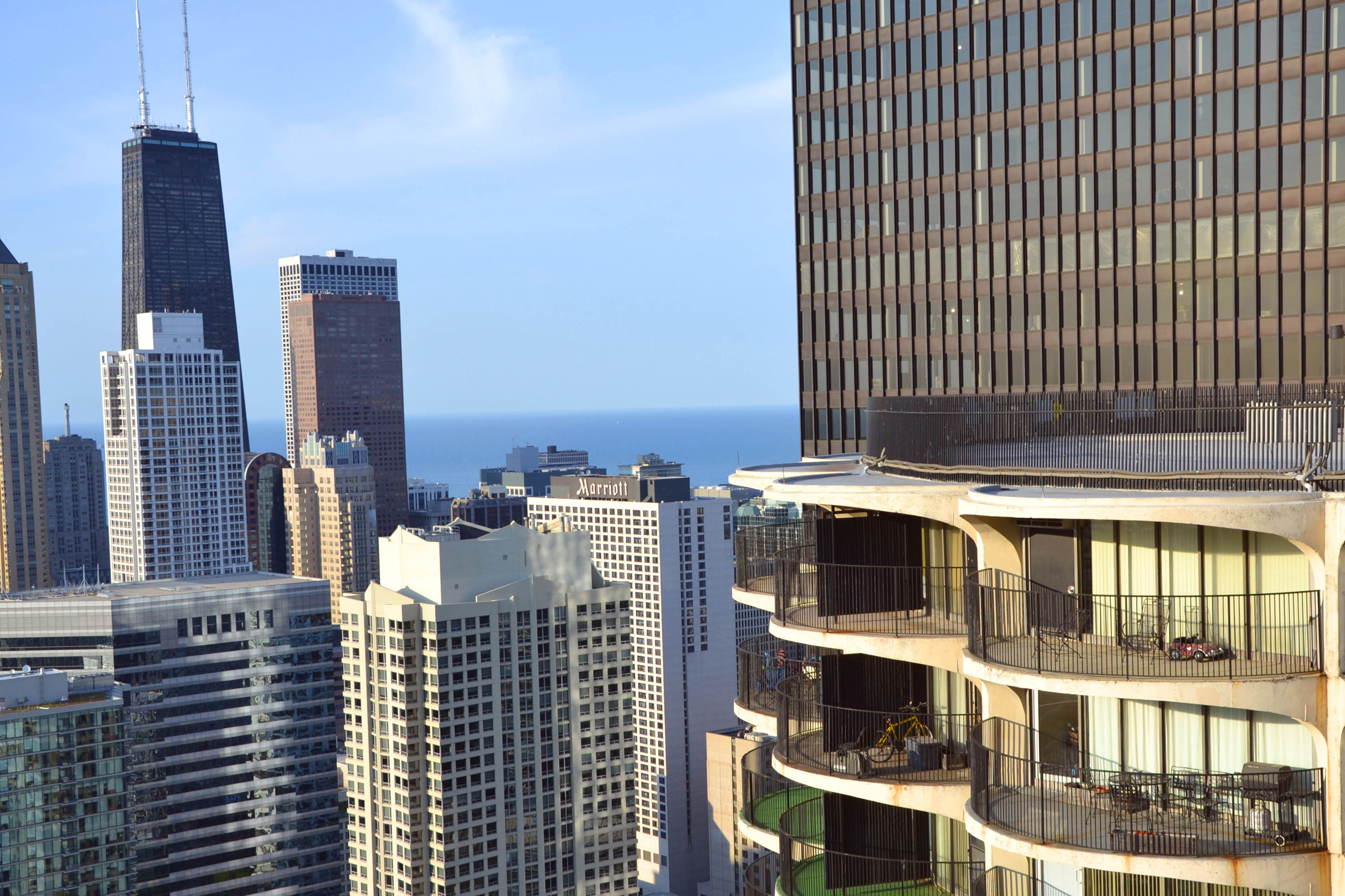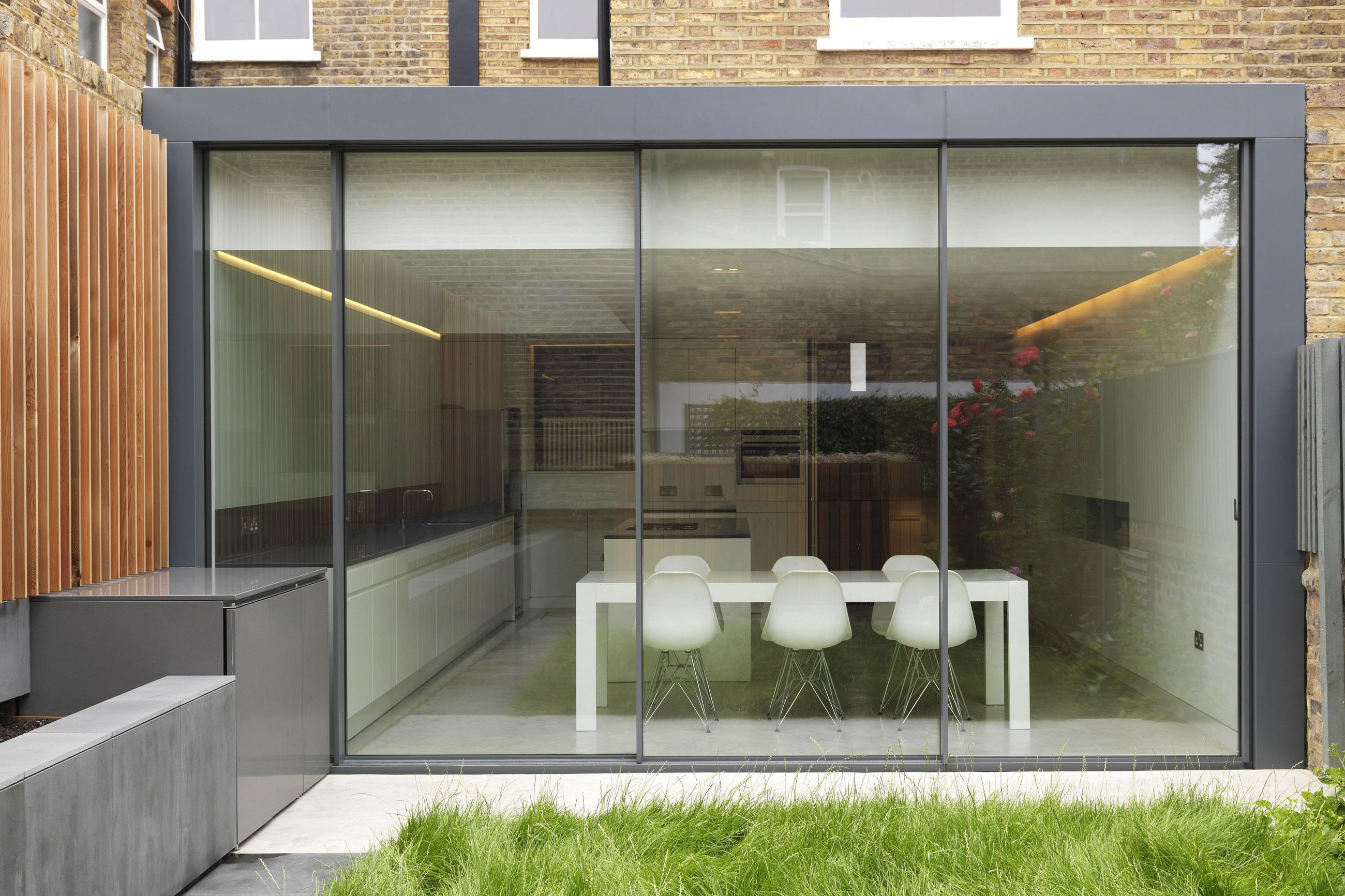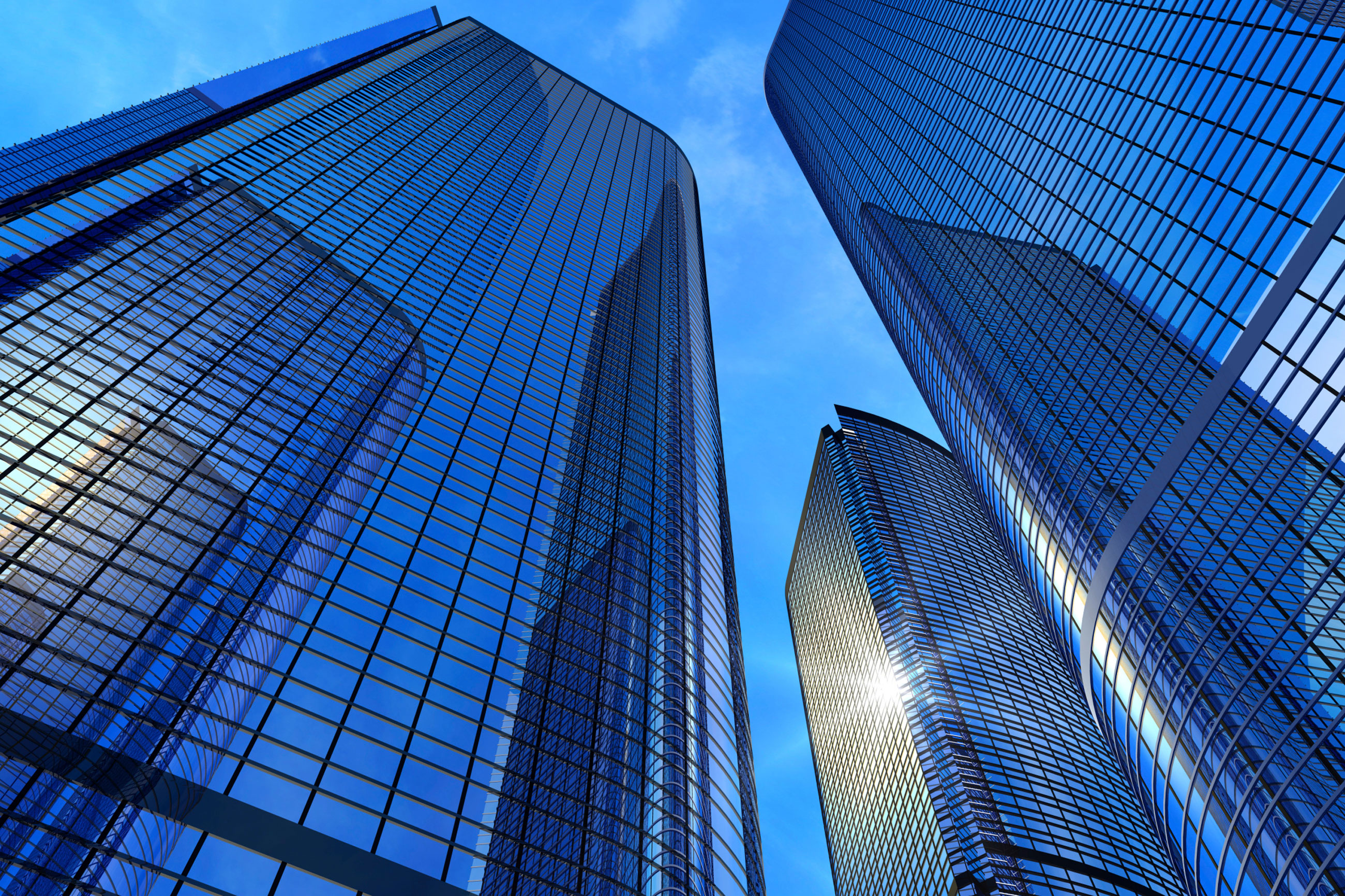
Learn the Lingo
Investing in high-quality window film is a great way to dramatically increase the value and performance of your home or business. As with any investment, it is a good idea to familiarize yourself with the subject as much as possible. Terms like “spectrally selective” and “standard metalized” can be confusing, but check out this list of terms so you can get up to speed on the lingo of window film.
Low E films reject up to 75% of incoming solar radiation during the summer, while reflecting up to 30% of otherwise lost heat back into your building during the winter.
Standard Metalized Films
These films are constructed of a single layer of metal sandwiched between layers of polyester. The polyester can be completely clear or contain a dye to darken the film. These films reduce glare by up to 80% and will reject up to 80% of solar radiation. These films are a great option to keep your building cooler, more comfortable, and more efficient. These films are typically reflective from the outside during the day, and from the inside during the night.
Dual Reflective Films
These films typically combine Standard Metalized Films with a dyed or pigmented layer. The heat rejection and glare reduction properties of Dual Reflective Films are similar to that of Standard Metalized Films, however the newer technology of these films means better viewing from inside. These films minimize interior reflection, meaning your windows will look like mirrors from the outside, but you will be able to see out during all times of day.
Low Emissivity Films
Often referred to as simply “Low E” films, this option provides year-round energy savings. Special manufacturing processes mean that these films contain different metallic compounds than Dual Reflective of Standard Metalized films. Low E films reject up to 75% of incoming solar radiation during the summer, while reflecting up to 30% of otherwise lost heat back into your building during the winter. These films are often reflective when viewed from the inside and outside.
Spectrally Selective Films
These films get their properties from various metals/oxides distributed throughout the film. Due to the construction of these films, they are able to reduce solar heat gain without compromising visible light transmission. That means that your building stays cool, and your view is undisturbed. The heat gain reduction isn’t quite as powerful as metalized films, but preserving visible light transmittance makes these films a clear choice for many people.
Nano Technology FIlms
The performance of these films is similar to Spectrally Selective films, but they contain no metals or ceramics. That means that these films won’t interfere with cell phone reception – metalized films tend to reduce signal strength. These films use hundreds of layers of polyester to filter infrared radiation, effectively rejecting solar heat. Typically, these films reduce the overall reflectivity of the glass. These films are also year-round performers, reducing solar heat during the summer when the sun is at a high angle, and allowing more heat into the building during the winter.
Combination Films
For first floor windows, combination films are a great option. These films are combinations of safety and sun control films. Used to deter forced entry or prevent glass from shattering during accidents, vandalism, or extreme weather, these films get you the best of both worlds: performance and safety.
As always, if you have any questions regarding which type of film will best suit your needs, don’t hesitate to give us a shout.

